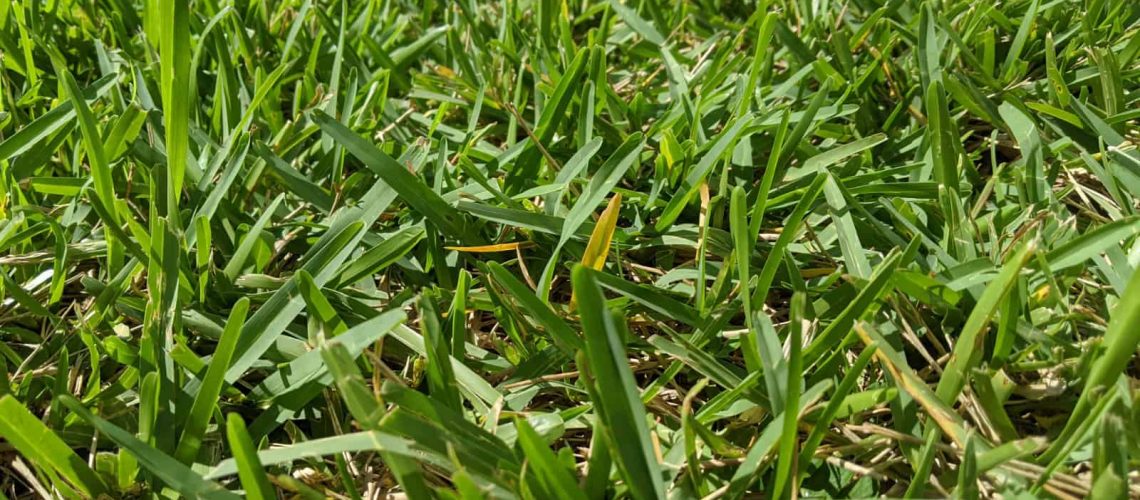Homeowners who live in warm climates like that found in southwest Florida have heard of and probably used St. Augustine grass for their lawn. This is a warm season grass, which means it grows best in the summer then goes dormant during the colder months. But what is Floratam grass?
Floratam grass gets its name because it was developed by the University of Florida and Texas A&M. It’s been around since 1973. It is, in fact, a hybrid of St. Augustine grass and is the most popular St. Augustine hybrid used in Florida.
St. Augustine grass has a wide blade and a coarse texture, and homeowners with lots of trees choose it because it is shade tolerant. This isn’t true for other grasses such as Bermuda grass. It also makes a dense turf that keeps down the weeds. St. Augustine grass has a bluish-green to medium green color and moderate drought tolerance that goes well with its high heat tolerance. Its needs for fertilizer and water are moderate. However, it does not tolerate cold.
Floratam also has a coarse texture, but its blade is longer and wider, and it is dark green as opposed to medium green. The blades contrast beautifully with the grass’s purplish stolons. Like St. Augustine grass, it grows very quickly in the warm weather but is not as tolerant of shade and is even less tolerant of cold. Both types of grass don’t like too much traffic and will turn brown if they’re walked on overmuch. To flourish, Floratam needs at least six hours of sun a day. A long cold spell can also damage it. What makes it desirable is that it resists SAD virus.
The SAD, or St. Augustine Decline virus is a disease that attacks St. Augustine grass and causes the blades to become stippled and mottled. It can weaken the grass so much that more invasive types of grass can infiltrate a homeowner’s lawn.
Floratam is also resistant to downy mildew, brown patch fungus, and gray leaf spot. It also resists chinch bugs a bit better than its parent. Chinch bugs, or Blissus insularis Barber are a very bad pest of St. Augustine grass. The homeowner notices areas of dead or damaged grass on their lawn encircled by dead and dying chinch bugs. The problem is especially bad when conditions are hot and dry.
Since Floratam is a hybrid and can’t be grown from seeds, it is available as sod, sprigs, and plugs. Because it’s course, the blade of the lawnmower must be kept sharp. A dull blade crushes the grass and makes it susceptible to all the pests and diseases it was developed to resist. Like St. Augustine grass, Floratam grass does best if it is cut high, between 3 1/2 and 4 inches.
The team at CWG Landscape has extensive experience maintaining both St. Augustine and Floratam lawns, as well as many other grass types. Contact us to find out more about our worry-free maintenance packages.

